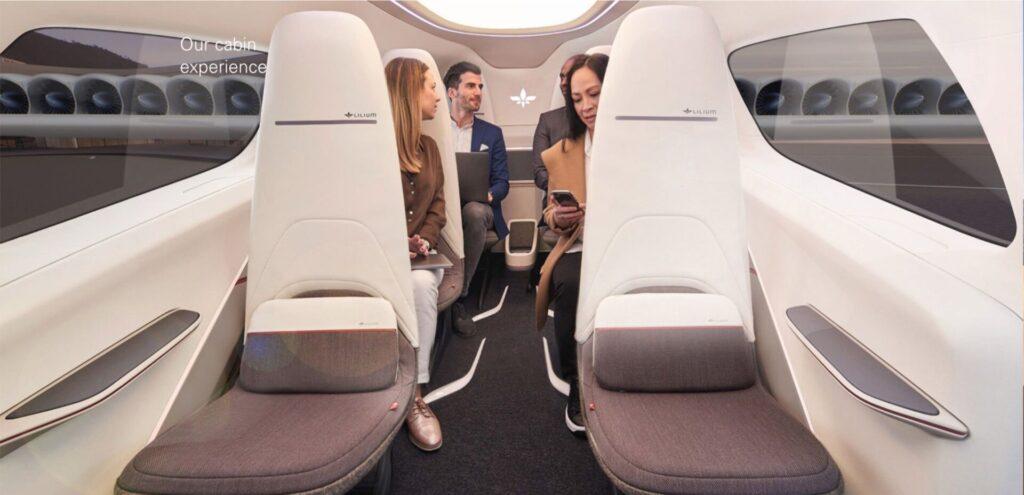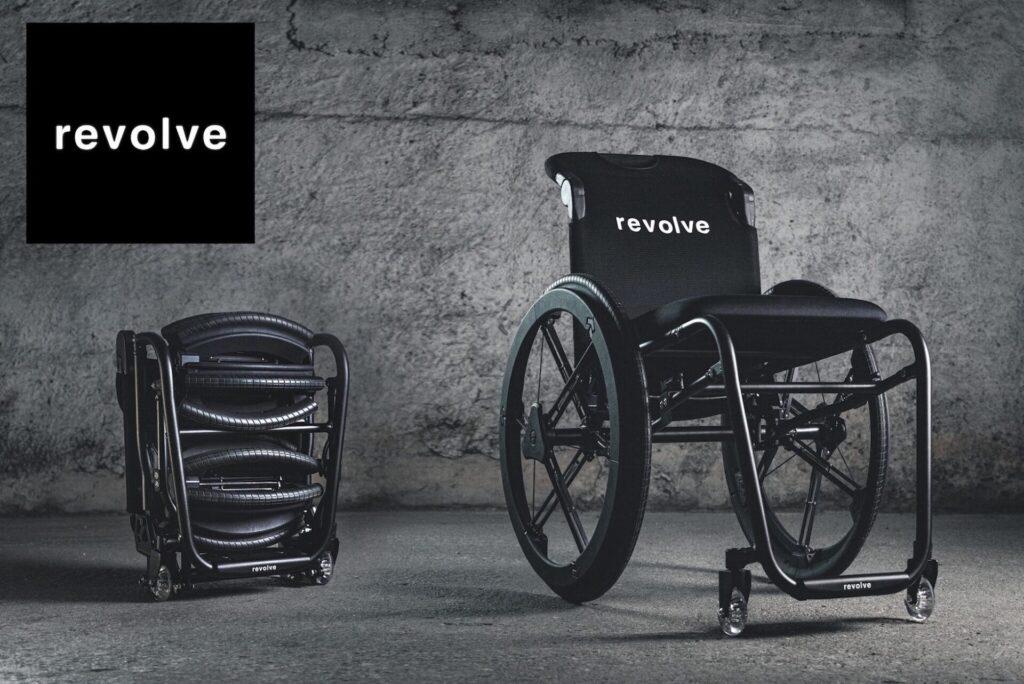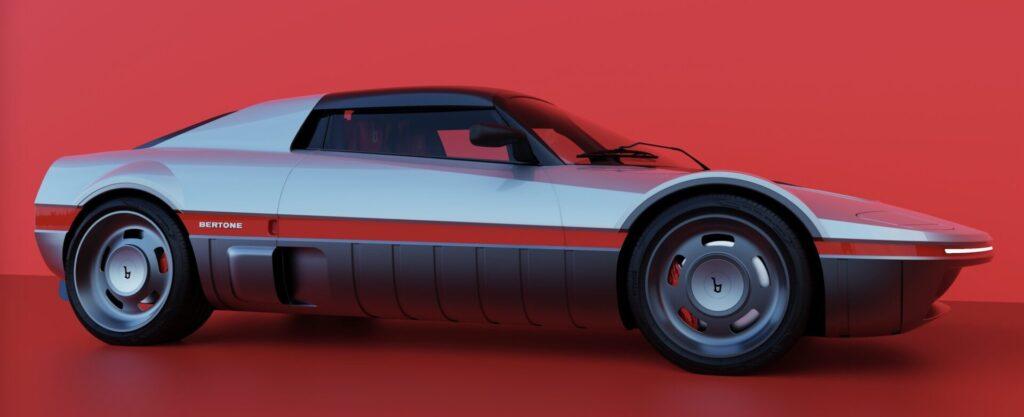The Revival of the Bertone
Among Italy’s renowned carrozzeria, Bertone stands out as a long-established name, founded in 1912. After World War II, under the leadership of its second-generation owner, Nuccio Bertone, the company appointed young and talented designers such as Franco Scaglione, Giorgetto Giugiaro, and Marcello Gandini as chief designers, significantly influencing the world of car design.
However, Bertone’s financial backbone was not its design activities but rather its contract manufacturing of limited-production models such as coupes and cabriolets. As OEM manufacturers began handling this production themselves, Bertone’s financial situation worsened. In 1997, Nuccio Bertone passed away, and internal disputes among family members over management control ensued. Though the company sold its factory in 2002 to secure operating funds, it eventually declared bankruptcy in 2014.
In 2016, the Bertone trademark was acquired by AKKA Technologies, an engineering firm led by brothers Mauro and Jean-Franck Ricci. In 2021, AKKA merged with the industry peer Modis, but the Ricci brothers retained the Bertone trademark. The following year, in 2022, they established Carrozzeria Bertone in Milan.
As the second creation of this new Bertone, the Runabout was introduced. As its name suggests, this sports car pays homage to the Autobianchi A112 Runabout, designed by Gandini and unveiled at the 1969 Turin Motor Show. The new Runabout was officially announced on the same date as the original—October 29.


The heart of the original A112 Runabout produced just 55 PS, but the new Runabout boasts a 500 PS V6 engine. Like the original, it is available as a fully open Barchetta, but now also offers a more practical Targa variant with a removable roof.
The design was once again led by Andrea Mocellin, following his work on Bertone’s first revival model, the GB110. While the hypercar GB110 didn’t immediately evoke classic Bertone styling, the Runabout brilliantly modernizes Gandini’s masterpiece. Intrigued by the project, I searched for Mocellin’s contact information and reached out for an interview.
The Encounter Between the New Bertone and the Visionary Mocellin
When asked about his first encounter with the Ricci brothers, who revived the Bertone brand, Andrea Mocellin explained,
“I was introduced to them by Giovanni Sapio, who serves as the design manager at Bertone. I first met Giovanni at a design competition in Italy, and we have known each other since then,” Mocellin said. “When he transitioned from AKKA Technologies to Bertone, he reached out to me and asked for my collaboration on the design of the GB110.”

The GB110 was the first model introduced by the reborn Bertone. It was initially unveiled online in December 2022, shortly after the company’s establishment, and made its official debut in July 2024 in Monaco. Production is limited to 33 units.
Regarding his involvement in the project to revive the legendary Bertone name, Andrea Mocellin shared his thoughts:
“As someone who grew up inspired by Turin’s car design culture, it is incredibly meaningful. Bertone played a huge role in my decision to become a designer.”
Mocellin studied design in Milan and London before gaining experience at Pininfarina, Maserati, and Alfa Romeo in Turin. In 2014, he joined Granstudio, a Turin-based car design firm, where he worked on projects for Chinese manufacturers, among others. From 2018 to 2019, he was part of NIO’s Munich studio, contributing to the Chinese startup’s design efforts.

“When I was entrusted with the GB110 project, I was filled with both a sense of responsibility and excitement,” recalls Andrea Mocellin. Unlike the Runabout, the GB110 was not designed as a reinterpretation of a past Bertone creation. However, there were certain cars that served as references.
“Bertone’s works all possess a timeless quality and provide endless inspiration. Among them, the designs I frequently referred to while working on the GB110 were the iconic Stratos Zero** and Carabo.”
In 1968, Marcello Gandini began exploring the wedge-shaped form with the Carabo, further refining it through studies like the A112 Runabout and Stratos Zero. This design philosophy later influenced production models such as the Fiat X1/9, Lancia Stratos, and Lamborghini Countach.
“However, with the GB110, I was determined to respect Bertone’s history without simply replicating it. While incorporating elements such as the dynamic proportions of the Stratos Zero and the surface treatment and graphics of the Carabo, my goal was to create a unique identity for the GB110.”
From Wheelchairs to Aircraft
In 2019, Andrea Mocellin left NIO and joined Lilium, a Munich-based startup specializing in eVTOL (electric vertical takeoff and landing) aircraft—commonly referred to as ”flying cars.”Founded in 2015, the company developed the Lilium Jet, which features 30 ducted fans mounted on its front and rear wings. By adjusting the angle of these fans, the aircraft achieves both vertical takeoff and landing as well as horizontal flight. As Lead Designer, Mocellin was responsible for overseeing both the interior and exterior design of the aircraft.


“Leading the design development of this groundbreaking project from almost a blank slate was something truly special. It was a crucial experience that expanded my skill set as a designer,” Mocellin reflects.
He remained at Lilium until February 2023, but Bertone had already unveiled the GB110 online in December 2022. “Thanks to Lilium’s flexibility, I was able to take on the GB110 project as a side venture,” Mocellin explains.
He then continues: “Designing the hypercar that marks Bertone’s rebirth was a pivotal moment in my career—an opportunity I simply couldn’t miss. As I left Lilium to become an independent mobility designer, the GB110 became the perfect starting point for my new journey.”


While designing the GB110, Andrea Mocellin also invented the world’s first wheelchair that can be folded down to carry-on size. To move forward with production and sales, he established Revolve Mobility in Belgium in March 2023, immediately after leaving Lilium.
Additionally, the passenger aircraft seats he designed for Air France were unveiled in June 2024.
Mocellin is a visionary mobility designer, seamlessly working across wheelchairs, hypercars, and aircraft. Yet, his passion for reviving Bertone, shared with the Ricci brothers, remains unwavering.
Now, let’s turn our attention to Bertone’s second creation—the Runabout.
Beyond 55 Years
“I have always been fascinated by the design of the A112 Runabout. Its simplicity and timeless proportions still stand out even today. So when the Ricci brothers proposed reviving it, I was incredibly excited,” says Andrea Mocellin.


However, with 55 years separating the A112 Runabout from the present, and the fact that the original was a show car while the new Runabout is a road-legal production vehicle, wasn’t it a difficult challenge?
“The key was how to preserve the essence of the Runabout while adapting it to modern engineering and regulations. Striking this balance was, of course, not easy. After all, the original design was defined by just two simple lines. However, this very simplicity made the process incredibly rewarding, allowing us to create something innovative while remaining faithful to tradition,” says Andrea Mocellin.
The two defining lines he refers to are:
1. The wedge-shaped line, forming an L-shape from the roll bar down to the nose.
2. The red horizontal line, running almost straight across the middle of the body side.
Mocellin faithfully recreated these lines in the new Runabout, staying true to its original design.

One notable difference from the original Runabout of 55 years ago is the sharp crease at the base of the roll bar, which adds a sculpted tension to the body sides. In Gandini’s original A112 Runabout, the roll bar and body sides flowed seamlessly without any abrupt lines.
“I wanted to keep the original character while modernizing it. The crease was introduced to enhance stance and strength, aligning with contemporary aesthetics. It also gives the side view a crisp definition, blending Italian elegance with the distinctive Coda Tronca at the rear,” explains Andrea Mocellin.
The Coda Tronca, meaning “truncated tail”, refers to the sharply cut-off rear end. It was originally developed by German aerodynamicist Dr. Kamm—hence the term “Kamm tail”—but gained prominence in Italy when Zagato adopted it in the early 1960s, leading to the widespread use of the term Coda Tronca in Italian design.

The A112 Runabout emphasized a lightweight rear appearance by covering the engine with a black panel and leaving a small open space behind it, leading into the Coda Tronca design. Andrea Mocellin has skillfully recreated this concept in the new Runabout, maintaining the essence of the original while modernizing its execution.
The Revival of the Golden Era
Bertone has positioned the new Runabout as the launch of the “Bertone Classic Line,” a project aimed at reviving legendary masterpieces from the brand’s past and turning them into a modernized series.
“This is truly a unique initiative,” says Andrea Mocellin, before continuing:
“Recreating designs from the late 1960s to early 1970s, preserving their beauty and distinctive character, while making them road-legal today, is incredibly exciting.”
This very period—the late ’60s to early ’70s—was when Gandini and Giugiaro competed with their groundbreaking designs, solidifying Turin as the epicenter of automotive design. It was a golden age not just for Bertone but for car design worldwide.
The Bertone Classic Line is more than just an exercise in nostalgia. It represents an opportunity to reimagine the masterpieces of that era through a modern lens, reviving forgotten elements of car design. The new Runabout stands as the first step in this journey—one that invites us to reconsider what has been lost in contemporary car design.

![by Car Styling [カースタイリング]](https://motor-fan.jp/wp-content/uploads/2025/04/carstyling-jp_logo.png)





